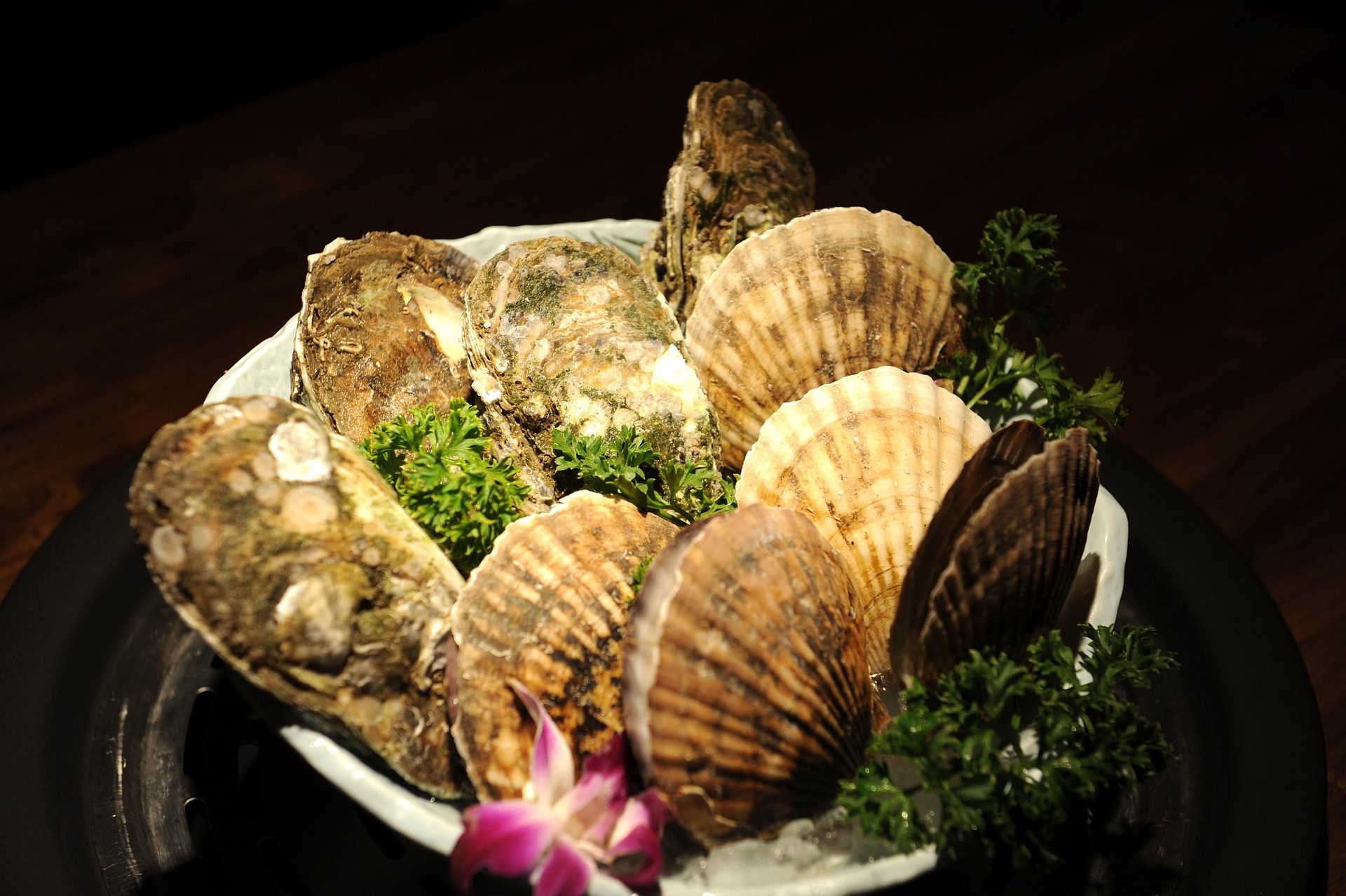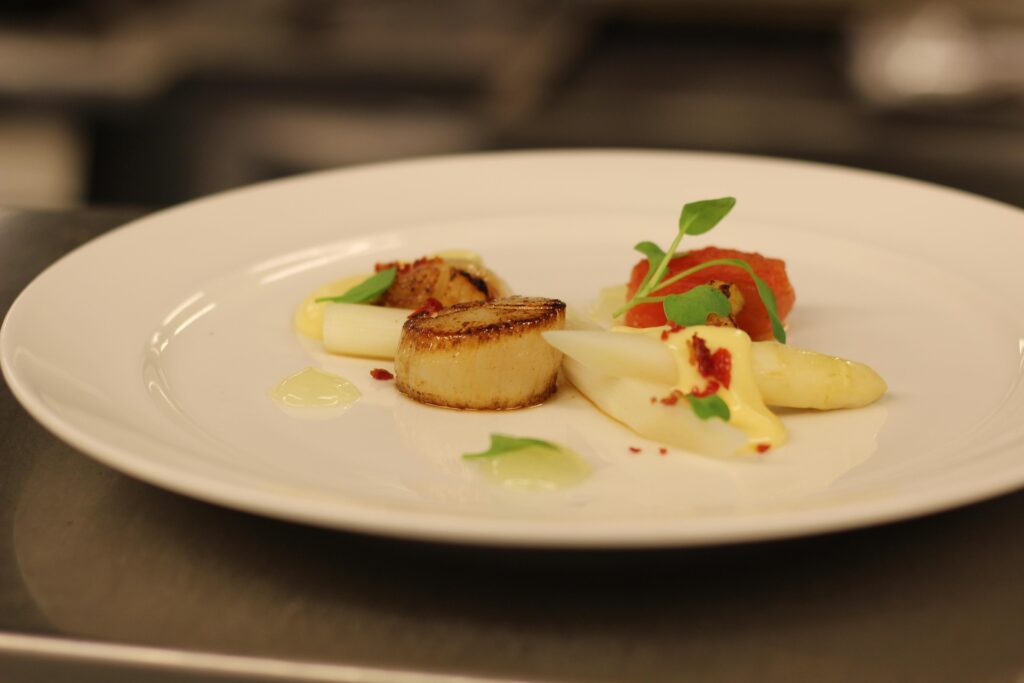- ACTIVITIES
118 Very Best History Trivia Questions


Cooking scallops can be an intimidating task for many home cooks, but with the right techniques and a bit of practice, you can achieve restaurant-quality results in your own kitchen. Whether you’re aiming for perfectly seared scallops or exploring creative flavor profiles, mastering this delicate seafood will elevate your culinary repertoire. This comprehensive guide covers essential techniques, regional variations, and unique recipes to help you cook scallops like a pro.
To achieve a golden crust and tender interior, pan searing is a popular method for cooking scallops. The key lies in high heat and minimal handling.
Select dry scallops over wet ones, as they have not been treated with additives and will sear better. Look for scallops that are translucent, with a firm texture and a sweet, briny smell.
Start by patting the scallops dry with paper towels. Season them with salt and pepper. Heat a skillet over high heat and add a high-smoke-point oil like canola or grapeseed. Once the oil is shimmering, gently place the scallops in the pan, leaving space between each one. Sear for about 2-3 minutes on each side until a golden crust forms.

This recipe combines the rich flavors of garlic and butter to enhance the natural sweetness of scallops.
Scallops are versatile and feature prominently in various regional cuisines across the United States, each bringing its own unique twist.
Combine scallops with potatoes, corn, and a creamy broth for a comforting New England-style chowder.
In the South, scallops are often paired with creamy grits and a spicy Cajun sauce for a delightful dish.
For a bold and flavorful take, try these scallops with a spicy soy glaze that infuses the dish with Asian-inspired flavors.
This recipe offers a Mediterranean twist, featuring scallops baked with a blend of herbs and cheese for a deliciously aromatic dish.
For a healthier option, try cooking scallops in an air fryer, which uses less oil while still achieving a crispy texture.
Even experienced cooks can fall into common pitfalls when preparing scallops. Here are some mistakes to avoid and how to fix them.
Overcrowding causes scallops to steam rather than sear. Cook in batches if necessary to maintain high heat and achieve a proper crust.
Failing to dry scallops thoroughly can prevent a good sear. Always pat them dry with paper towels before cooking.
Scallops pair well with a variety of sides and sauces that complement their delicate flavor.
Consider serving scallops with sautéed asparagus, roasted Brussels sprouts, or a light salad to add freshness to your meal.
For a heartier dish, pair scallops with risotto, quinoa, or pasta tossed in a light cream or lemon sauce.
Proper storage is essential to maintain the quality of leftover scallops.
Store cooked scallops in an airtight container in the refrigerator for up to two days. Reheat gently to avoid overcooking.
Freeze scallops by placing them in a single layer on a baking sheet before transferring them to a freezer-safe bag. They can be stored for up to three months.
Both searing and baking have their merits, depending on the texture and flavor you’re aiming for.
Searing is ideal for achieving a crispy exterior and is best suited for quick cooking. It allows the natural sweetness of scallops to shine.
Baking is a gentler cooking method that can infuse scallops with the flavors of herbs and cheese. It works well for larger quantities or when you want a hands-off approach.
Choosing high-quality scallops is crucial for the best culinary experience.
Look for scallops that are slightly translucent with a fresh, ocean-like scent. They should be firm and not slimy.
Frozen scallops can be a good alternative if fresh ones are not available. Ensure they are labeled as “dry” and thaw them properly in the refrigerator before cooking.